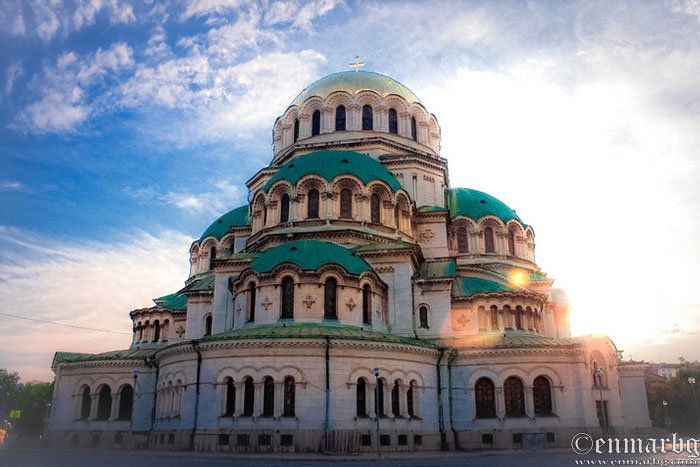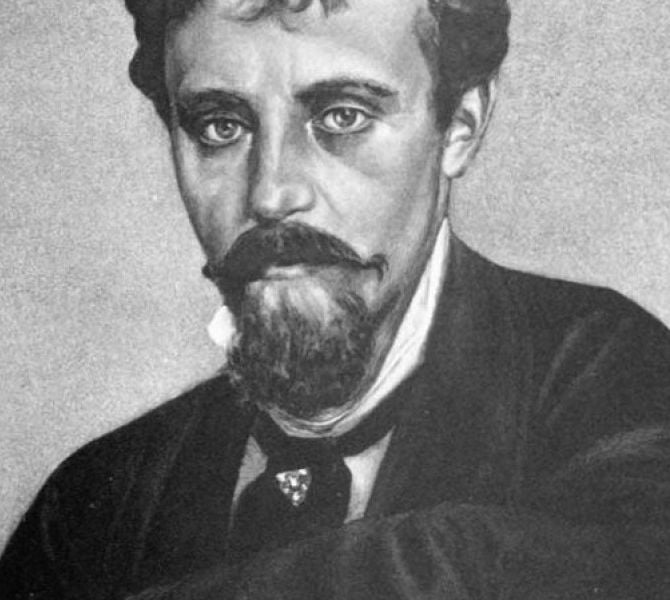The City wall surrounding the acropolis, has different characteristics peculiar to different civilizations and ages, regarding to the form, measurement and workmanship of the stones. İt is hard to notice the distinction between Caunian, Greek, Persian, Roman and Byzan-tium traces on the same structure. The Acropolis is on a peak overlooking the Southern area and interior seaport. From this ‘viewpoint’, it seems easy to imagine ancient shipyards and merchantmen of that time. This high altitude point had also been used for rituels, feasts and wine parties.
One and only ‘Pericles’ of Earth
İn Hellenistic ages, Greeks put into place a rotating prism on an axle just before the stage. Illustrations representing three genres of ancient plays – tragedy, comedy and drama- on tbree faces of the prism, used to inform the audience about the genre of play. The amphitheatre was not only for plays but also used for concerts and meetings of the city council. The magnificient structure has 5 thousands seats and now being prepared for the festival on August 30 as to regain its original function.
Churh and Temple
Side by side for centuries
One of the best preserved buildings is the Church.
A cross on the entrance is still remains. Its 2500 old years domes and marble columns adorned religious figures such as fish scale and cross are wonderful. Roman Bath had been designed as complex building divided into rooms for education, sporting activities and meeting. The gigantic windows that had been built for athlets to warm up by sun after the bath with icy waters, had also provided them dazzling sights. Two columns found in the Terrace Temple were the first discoveries that started Caunos excavations. The Temple which you can’t help being charmed, remains almost as it was. The inscriptions on its marble columns mention the Caunian Gods. The most interesting part of this fascinating Temple is of course the Sacred 9tone. It’s told that the object depicted on the ancient coins of the 4th. century B.C. represents the stone. There are a lots of inscriptions like this any around.
Read More about The Geography of Strabo








